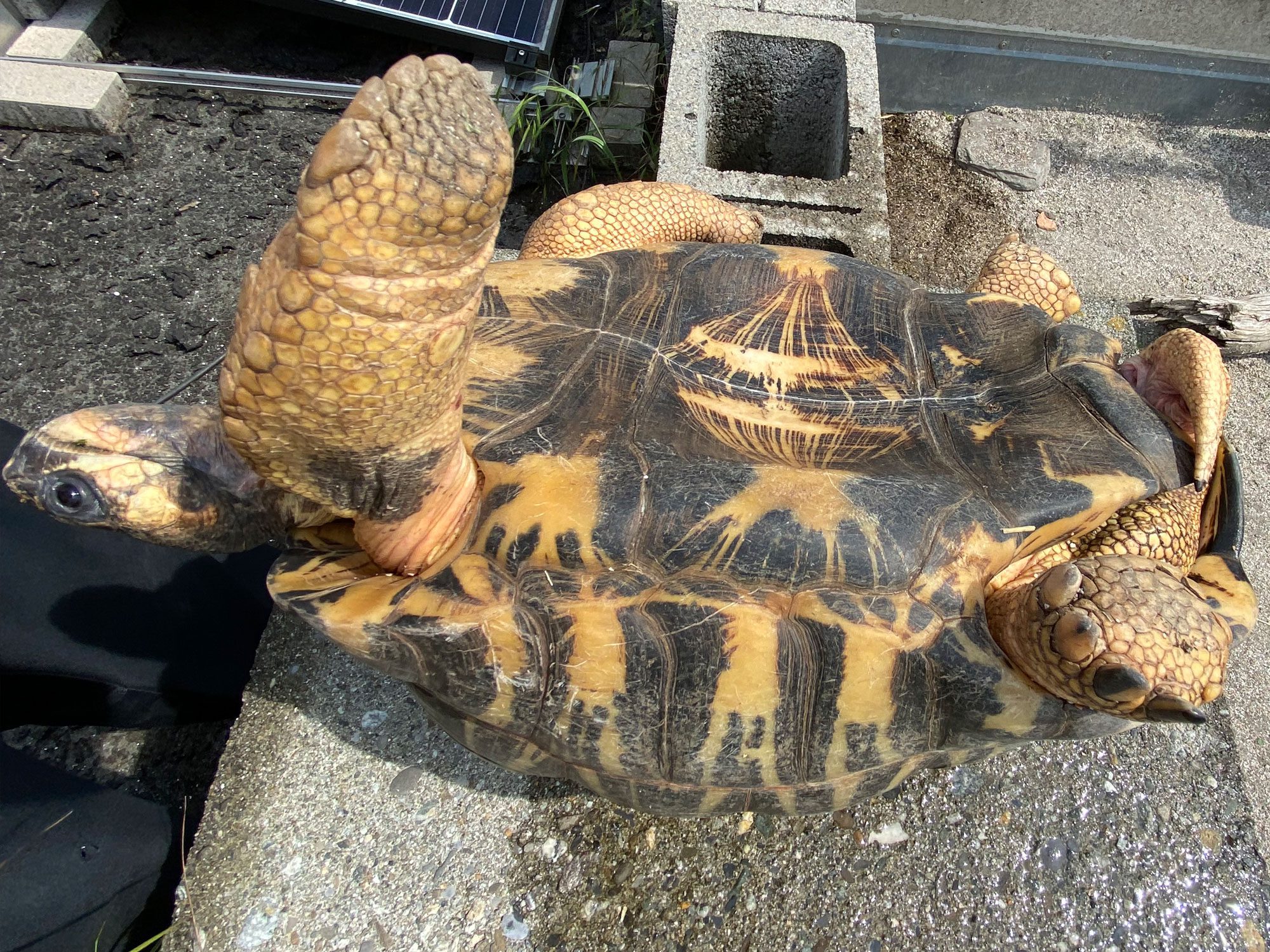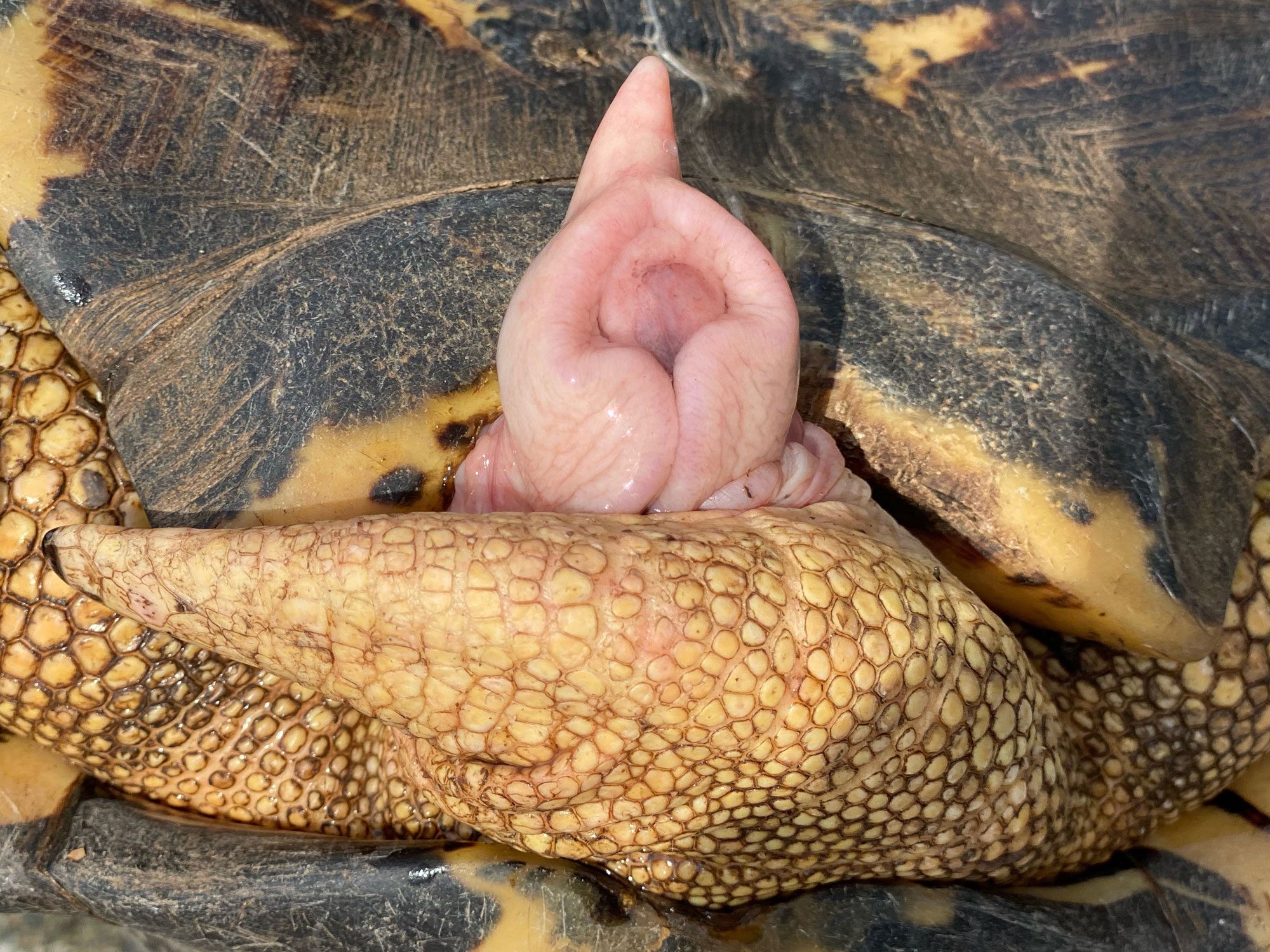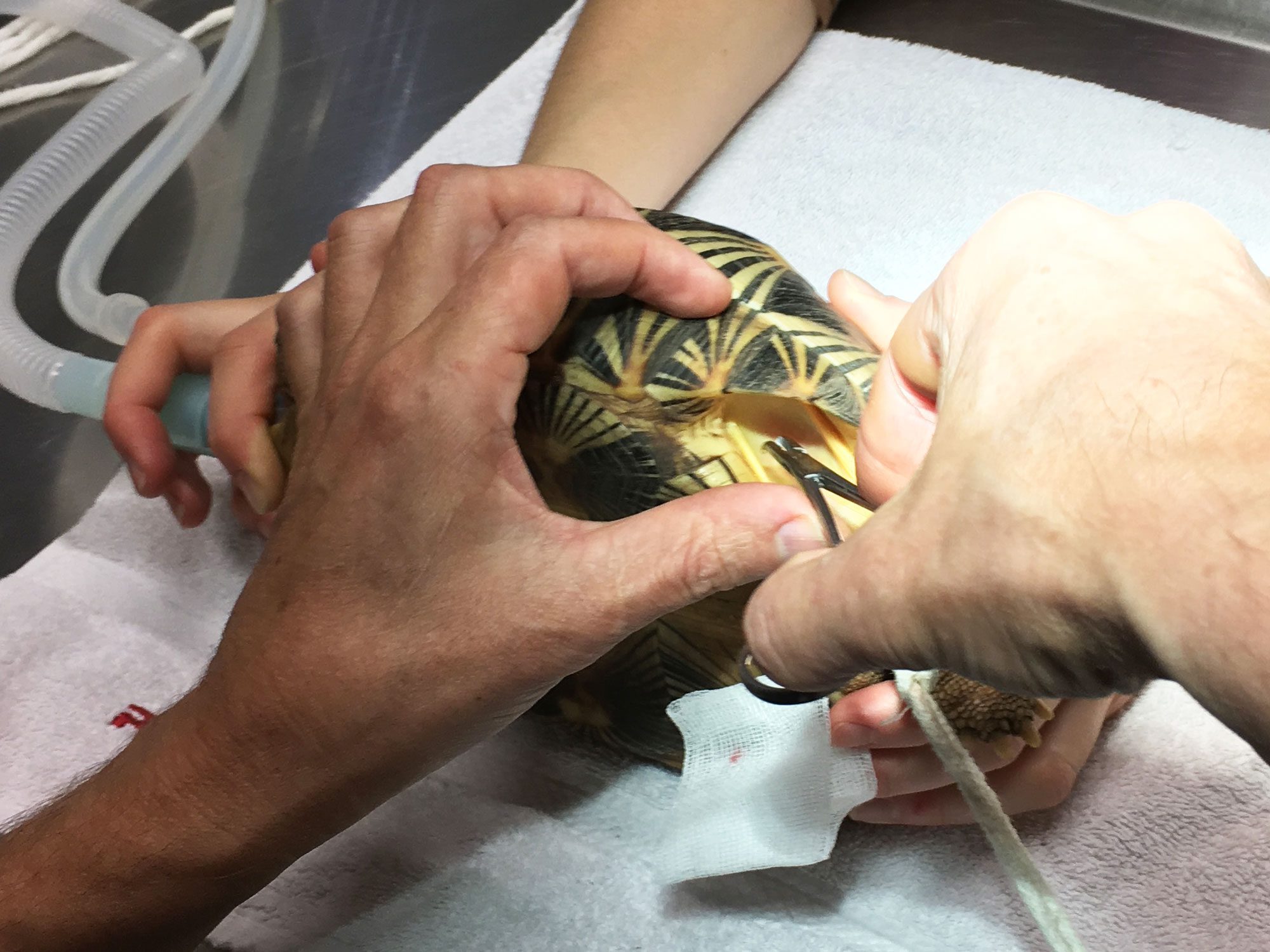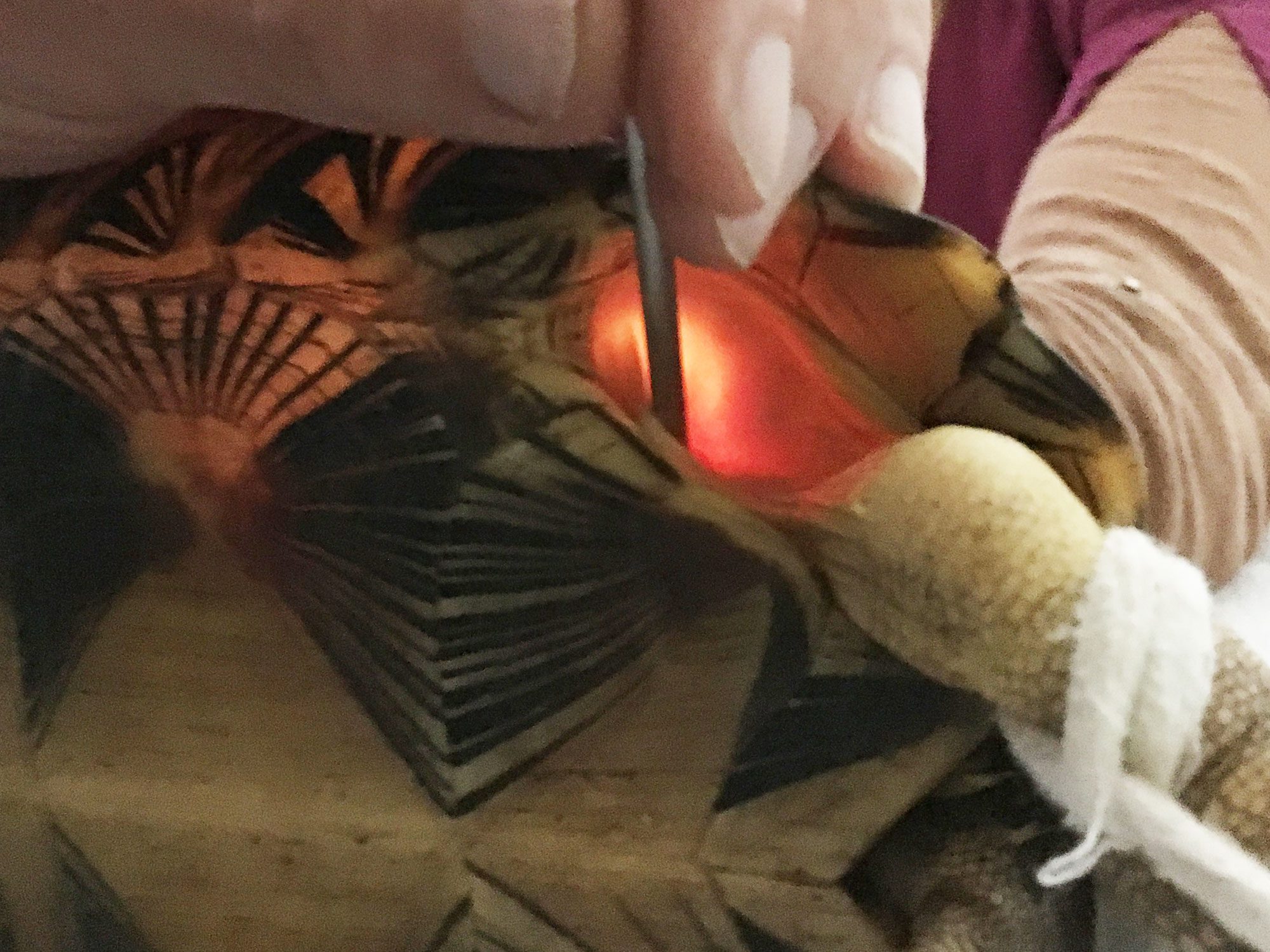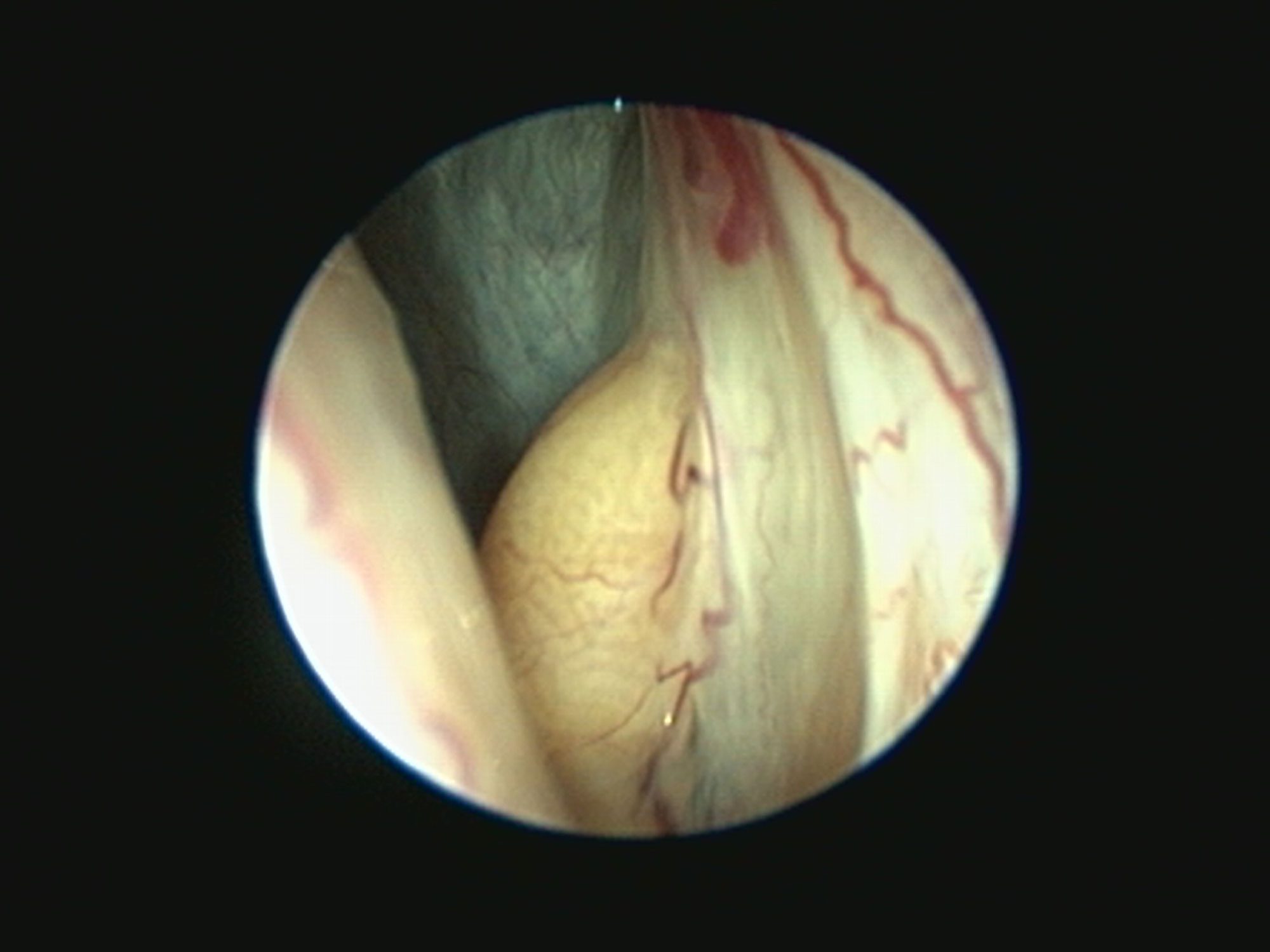Geschlechtsdimorphismus
Adulte Strahlenschildkröten zeigen meistens einen deutlichen Geschlechterdimorphismus. In Gefangenschaft setzt die Geschlechtsreife aufgrund von konstanten, guten Bedingungen meist früher ein als in freier Wildbahn. Weibchen werden ab 15 Jahren, einer Körpergrösse von mind. 24-26 cm und einem Gewicht ab 5 kg geschlechtsreif. Männchen erst ab 20 Jahren, einer Körpergrösse ab 30 cm und einem Gewicht über 8 kg. Bei Männchen scheint die sexuelle Reife deutlich später als bei den Weibchen einzutreten. Vermutlich können sie sich erst ab einer bestimmten Grösse und gesammelter Erfahrung erfolgreich fortpflanzen. Weibchen werden unter ungünstigen Bedingungen, z.B. ausbleiben von Jahreszeiten, oder Lichtmangel nicht zyklisch. Das hormonelle Aussetzen und resorbieren von Eifollikeln im Körper von Strahlenschildkrötenweibchen ist möglich.
Geschlechtsbestimmung
Für viele Schildkrötenhalter*Innen ist es wichtig, bei der Zusammenstellung einer Zuchtgruppe den Überblick über die Geschlechterverteilung im Bestand zu haben. Da eine deutliche Ausprägung der Geschlechtsmerkmale bei Astrochelys radiata aber erst spät mit der sexuellen Reife, in Gefangenschaft ca. ab 15 Jahren einsetzt, ist eine Geschlechtsbestimmung juveniler Exemplare anhand äußerer Merkmale oft sehr schwierig und braucht etwas Erfahrung und Fachwissen um einigermassen eine sichere Prognose über das Geschlecht erstellt zu können. Es kommen auch immer wieder Exemplare vor, die widersprüchliche äussere Geschlechtsmerkmale zeigen. So gibt es Weibchen, die einen konkaven Plastron aufweisen, und Männchen, die neben schmalen Analschildwinkeln auch kleine Schwänzchen haben.
Manchmal zeigen junge Weibchen schon früh um die Kloake deutliche Ansätze von Analwulsten. Dieses sackartige und äusserst dehnbare Gewebe ist bei Weibchen deutlicher ausgebildet als bei Männchen. Es dient vermutlich dazu, um grosse Eier leichter und ohne Verletzung aus der Kloake auspressen zu können. Juvenile Männchen lassen sich manchmal durch das sanfte Überbrausen mit warmen Wasser dazu stimulieren, den Penis aus der Kloake zu stülpen. Auch beim entspannten Baden in warmen Wasser oder beim Urinieren ist manchmal die Penisspitze kurz sichtbar. Ein ausgestülpter und errigierter Penis eines adulten Männchens kann 2/3 der gesamten Panzerlänge betragen.
Schätzungsweise sind 2/3 aller in Gefangenschaft gehaltener Strahlenschildkröten Männchen. Aufgrund zu niedriger Bruttempearturen werden weiterhin aber vermehrt Männchen gezeitigt. Weibchen scheinen in der Haltung und Pflege aufgrund hormoneller Vorgänge sensibler und stressanfälliger zu sein als Männchen. Vermutlich ist die Sterblichkeit von Weibchen aufgrund von Mangelerscheinungen und Haltungsfehlern ebenfalls wesentlich höher als bei Männchen.
FAQ zum Themenbereich Geschlechter
Ja, sie dürfen gerne Bilder Ihrer Strahlenschildkröte zur Geschlechtsbestimmung senden. Aus Erfahrung können wir bei grösseren Tieren meistens eine relativ sichere Aussagen über das Geschlecht machen. Bei kleinen Tieren ist eine Geschlechtsbestimmung ab Bild jedoch auch für uns eine Herausforderung und meistens nicht möglich. Oft lässt sich nur eine Tendenz ausmachen. Um eine möglichst präzise Geschlechtsbestimmung machen zu können, ist eine gute Bildqualität mit optimalem Aufnahmewinkel Voraussetzung. Ebenfalls entscheidend ist der Entspannungsgrad des Intimbereiches der abgebildeten Schildkröte. Für eine Geschlechtsbestimmung benötigen wir eine deutliche Aufnahme der Analregion und eine Ansicht des Plastrons. Es soll vor allem das Schwänzchen mit der Kloakenöffnung, entspannt und nicht an den Körper angelegt, gut sichtbar sein.
Bitte beachten Sie, dass eine Geschlechtbestimmung ab Bild immer Fehlinterpretationen zulässt und wir deshalb keine verbindlichen Porognosen über das Geschlecht machen können. Bei Interesse an einer unverbindlichen Einschätzung, senden Sie das Bildmaterial per E-Mail an info@radiata.ch. Wir melden uns in nützlicher Frist.

